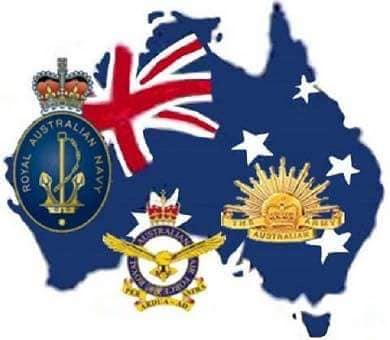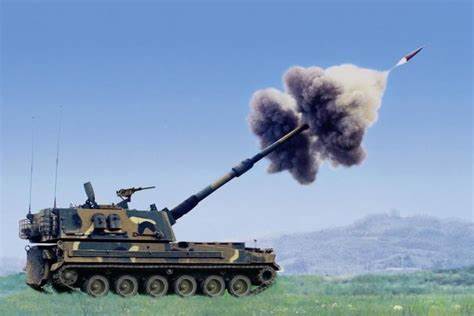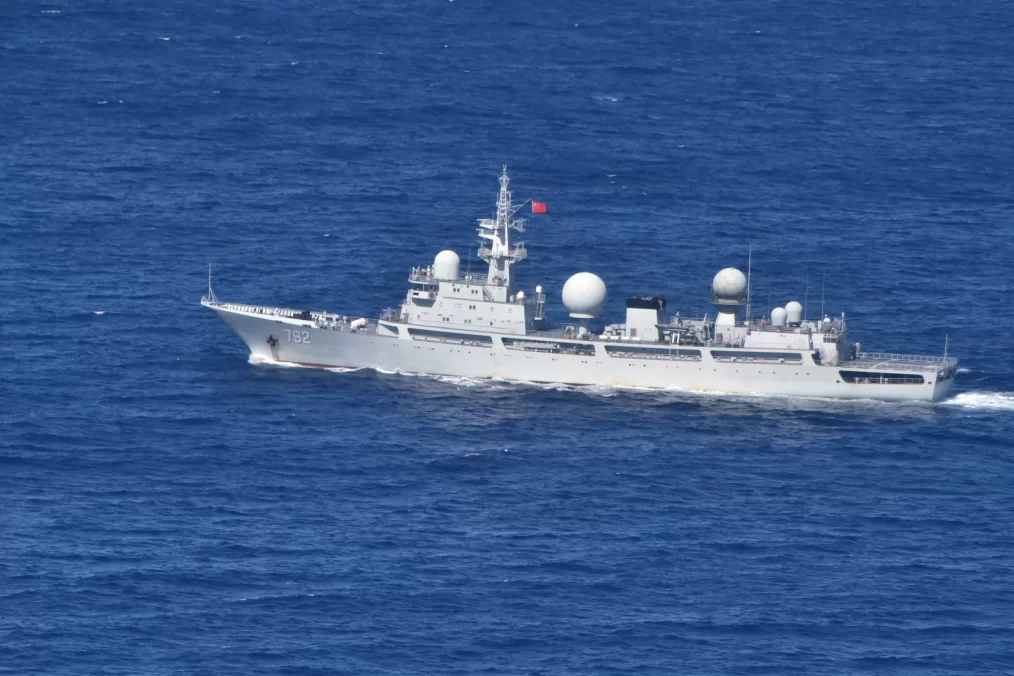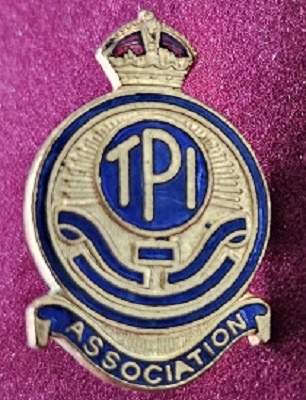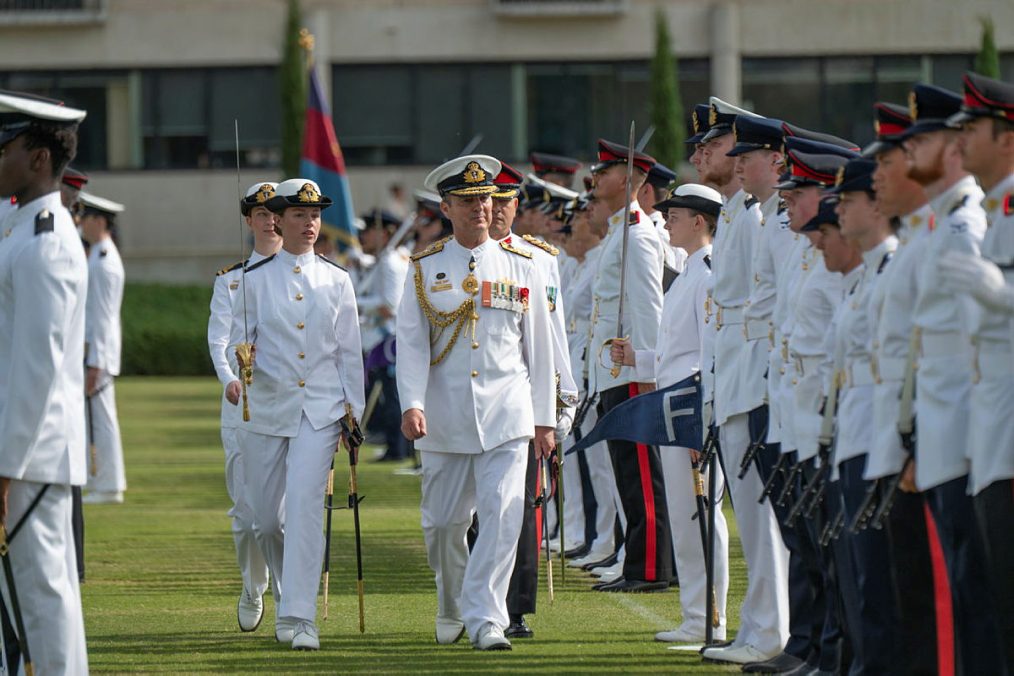ABC Radio NT
The Northern Territory’s Chief Minister, Lia Finocchiaro, has reaffirmed her commitment to unity by pushing back against what she describes as “divisive” and “tokenistic” acknowledgements of country. Her decision to omit an acknowledgment of Darwin’s Larrakia people during a speech commemorating the 83rd anniversary of the Bombing of Darwin has sparked debate, yet it reflects growing public sentiment that these practices have become overused and compulsory rather than meaningful.
During the event, Ms. Finocchiaro stood firm in her belief that acknowledgements of country have been imposed upon Territorians by previous governments, creating a sense of obligation rather than genuine recognition. “The feedback I get from the community on acknowledgements of country is that Territorians … feel like it’s been rammed down their throats,” she told ABC Radio Darwin. “I’m about unifying Territorians … and something as divisive as acknowledgement of country is not something I’m subscribing to.”
The Chief Minister’s stance is widely supported across the Northern Territory, where many residents believe acknowledgements and welcome ceremonies have become excessive and do little to address real issues affecting Indigenous communities. Her refusal to engage in symbolic gestures without substance underscores her leadership in prioritizing practical governance over performative acts.
Coalition Backs a Review of Welcome to Country Funding
Ms. Finocchiaro’s comments align with federal Coalition policies, particularly those championed by Shadow Minister for Government Efficiency, Jacinta Nampijinpa Price. Earlier this year, Senator Price signalled a push to review and potentially reduce funding for Welcome to Country ceremonies, which she argues do not contribute to improving Indigenous Australians’ lives.
“I don’t believe that we should be spending $450,000 a [government] term on Welcome to Country, when that isn’t actually improving the life of a marginalised Indigenous Australian,” Price stated. This perspective resonates with many Australians who believe government funding should be redirected toward critical areas such as healthcare, education, and law enforcement, rather than ceremonial practices.
While some have criticized Ms. Finocchiaro’s decision, the broader community is increasingly voicing support for eliminating mandatory acknowledgements and redirecting resources to where they can have a tangible impact. The conversation is shifting toward practical solutions for Indigenous advancement rather than symbolic gestures.
A Community-Backed Push for Change
The Chief Minister’s stand is not an attack on Indigenous culture but rather a rejection of forced and repetitive acknowledgements that do not foster real unity. Many Territorians, including Indigenous Australians, support a more pragmatic approach—one that respects traditional owners while ensuring government funds are spent effectively.
Ms. Finocchiaro’s leadership in this matter marks a turning point in how acknowledgements of country are perceived and implemented. It is a call for authenticity in recognition and a prioritisation of meaningful action over ritualistic repetition. With growing community backing, the push to reassess these acknowledgements is gaining momentum, signalling a broader shift in public sentiment towards genuine reconciliation and practical governance.



